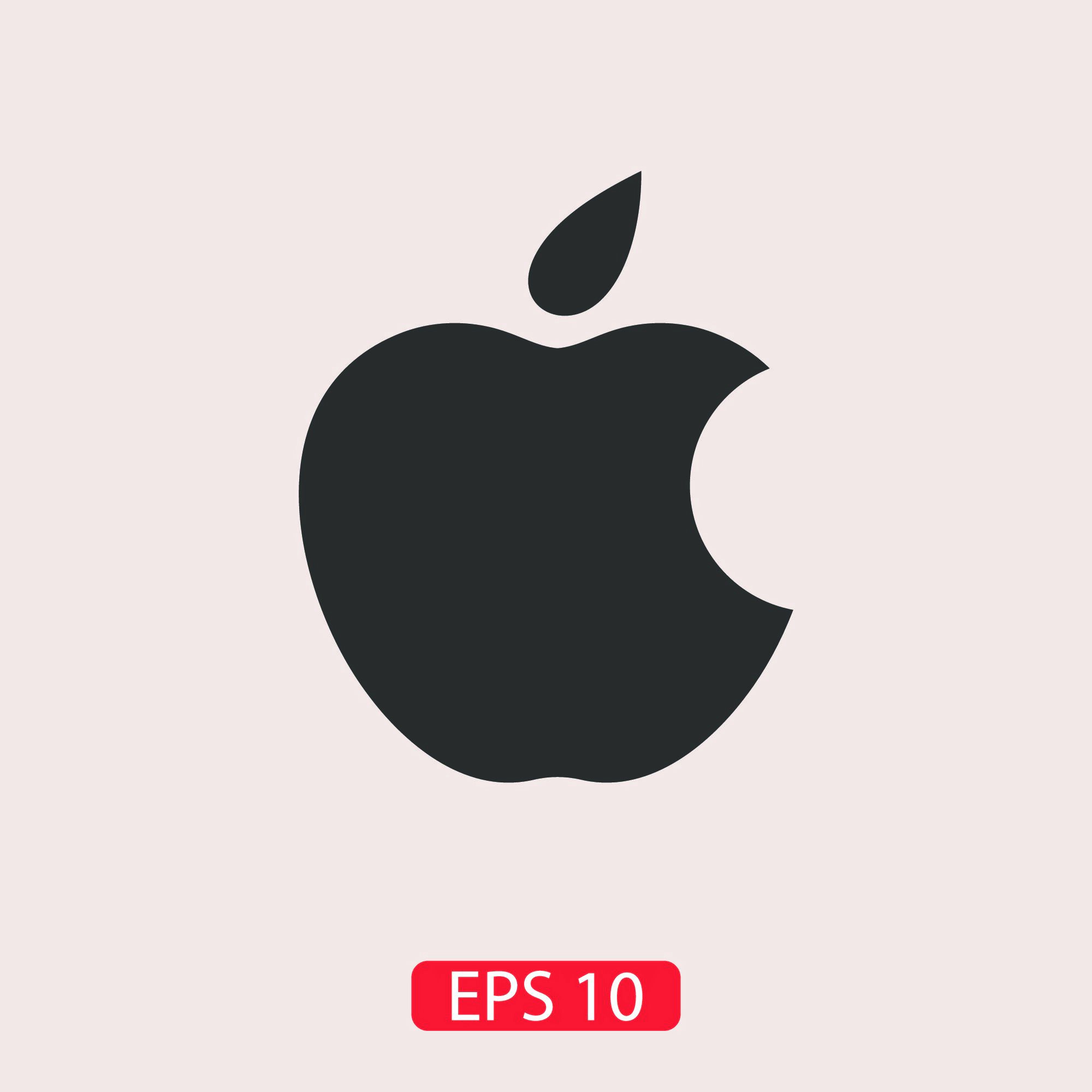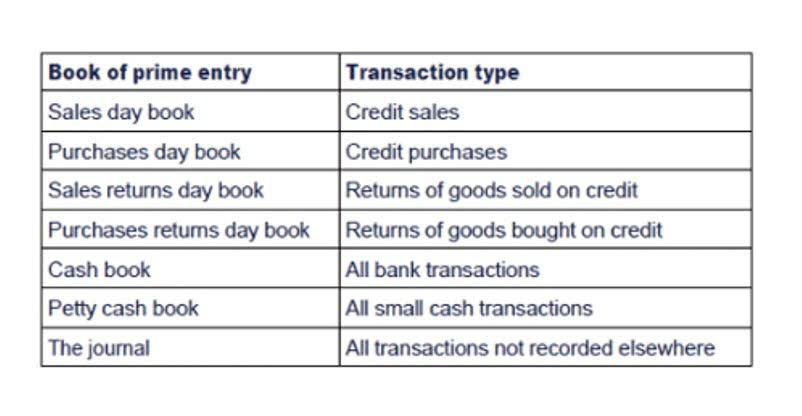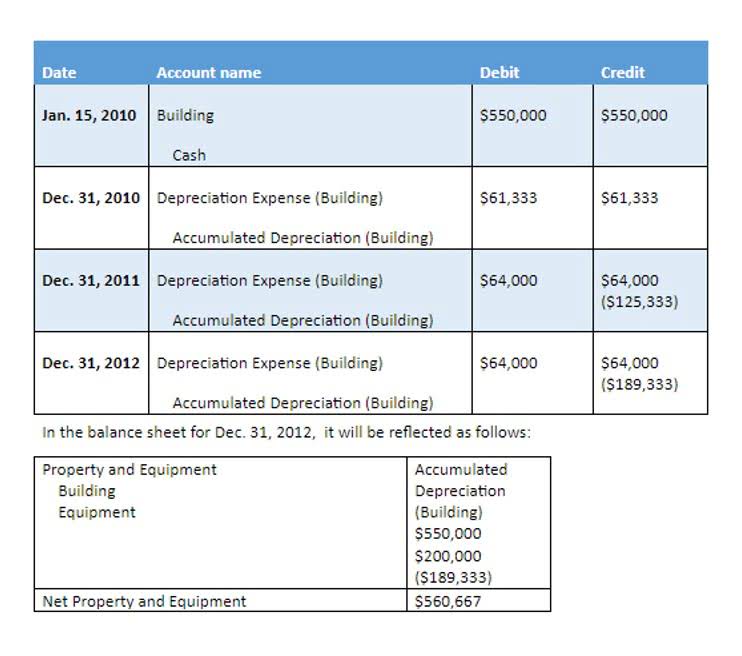What Is the FIFO Method? A Complete Guide to First-In, First-Out Inventory

FIFO, or First In, First Out, is a method of inventory valuation that businesses use to calculate the cost of goods sold. Theoretically, the cost of inventory sold could be determined in two ways. One is the standard way in which QuickBooks purchases during the period are adjusted for movements in inventory.

LIFO Method

If your inventory costs don’t really change, choosing a method of inventory valuation won’t seem important. If your inventory costs are increasing over time, using the FIFO method and assuming you’re selling the oldest inventory https://www.bookstime.com/ first will mean counting the cheapest inventory first. This will reduce your Cost of Goods Sold, increasing your net income.
Get in Touch With a Financial Advisor
However, brands using LIFO usually see a lower valuation for ending inventory and net income, and may not reflect actual inventory movement. It is an alternative valuation method and is only legally used by US-based businesses. For example, if you sold 15 units, you would multiply that amount by the cost of your oldest inventory. Using the FIFO inventory method, this would give you your Cost of Goods Sold for those 15 units. The goal of any inventory accounting method is to represent the physical flow of inventory. “FIFO,” or First In, First Out, is a method of inventory accounting which expenses the first inventory received prior to later inventory when calculating the cost of goods sold.
- The price on those shirts has increased to $6 per shirt, creating another $300 of inventory for the additional 50 shirts.
- To calculate COGS through the FIFO method, first you need to work out the cost of your old inventory.
- To calculate the inventory value, multiply the number of shirts remaining by this value.
- Specific inventory tracing is an inventory valuation method that tracks the value of every individual piece of inventory.
- Find the best trucking accounting software for your business with our comparison guide.
- We’ll use an example to show how FIFO and LIFO produce different inventory valuations for the same business.
Average Cost Method of Inventory Valuation

Our example has a four-day period, but we can use the same steps to calculate the ending inventory for a period of any duration, such as weeks, months, quarters, or years. As we shall see in the following example, both periodic and perpetual inventory systems provide the same value of ending inventory under the FIFO method. On the first day, we have added the details of the purchased inventory.
- Yes, ShipBob’s lot tracking system is designed to always ship lot items with the closest expiration date and separate out items of the same SKU with a different lot number.
- However, as we shall see in following sections, inventory is accounted for separately from purchases and sales through a single adjustment at the year end.
- The 220 lamps Lee has not yet sold would still be considered inventory, and their value would be based on the prices not yet used in the calculation.
- We will then have to value 20 units of ending inventory on $4 per unit (most recent purchase cost) and the remaining 3 units on the cost of the second most recent purchase (i.e., $5 per unit).

Jami has collaborated with clients large and small in the technology, financial, and post-secondary fields. Sal’s Sunglasses is a sunglass retailer preparing to calculate the cost of goods sold for the previous year. We recommend consulting a financial expert before making any decisions around inventory valuation. FIFO and LIFO aren’t your only options when it comes to inventory accounting.

When to Use the FIFO Inventory Method?
- In this lesson, I explain the FIFO method, how you can use it to calculate the cost of ending inventory, and the difference between periodic and perpetual FIFO systems.
- Ecommerce merchants can now leverage ShipBob’s WMS (the same one that powers ShipBob’s global fulfillment network) to streamline in-house inventory management and fulfillment.
- Once you have that figure, you multiply the cost by the total amount of inventory sold in that period.
- LIFO, or Last In, First Out, assumes that a business sells its newest inventory first.
- This includes companies dealing with commodities, such as oil and gas firms, or those with inventory that doesn’t deteriorate, like metal or chemical producers.
For example, let’s say you purchased 50 items calculating fifo at $100 per unit and then the price went up to $110 for the next 50 units. Using the FIFO method, you would calculate the cost of goods sold for the first 50 using the $100 cost value and use the $100 cost value for the second batch of 50 units. Though both methods are legal in the US, it’s recommended you consult with a CPA, though most businesses choose FIFO for inventory valuation and accounting purposes. It offers more accurate calculations and it’s much easier to manage than LIFO. FIFO also often results in more profit, which makes your ecommerce business more lucrative to investors. In both cases, only goods actually sold are included in the calculations.
